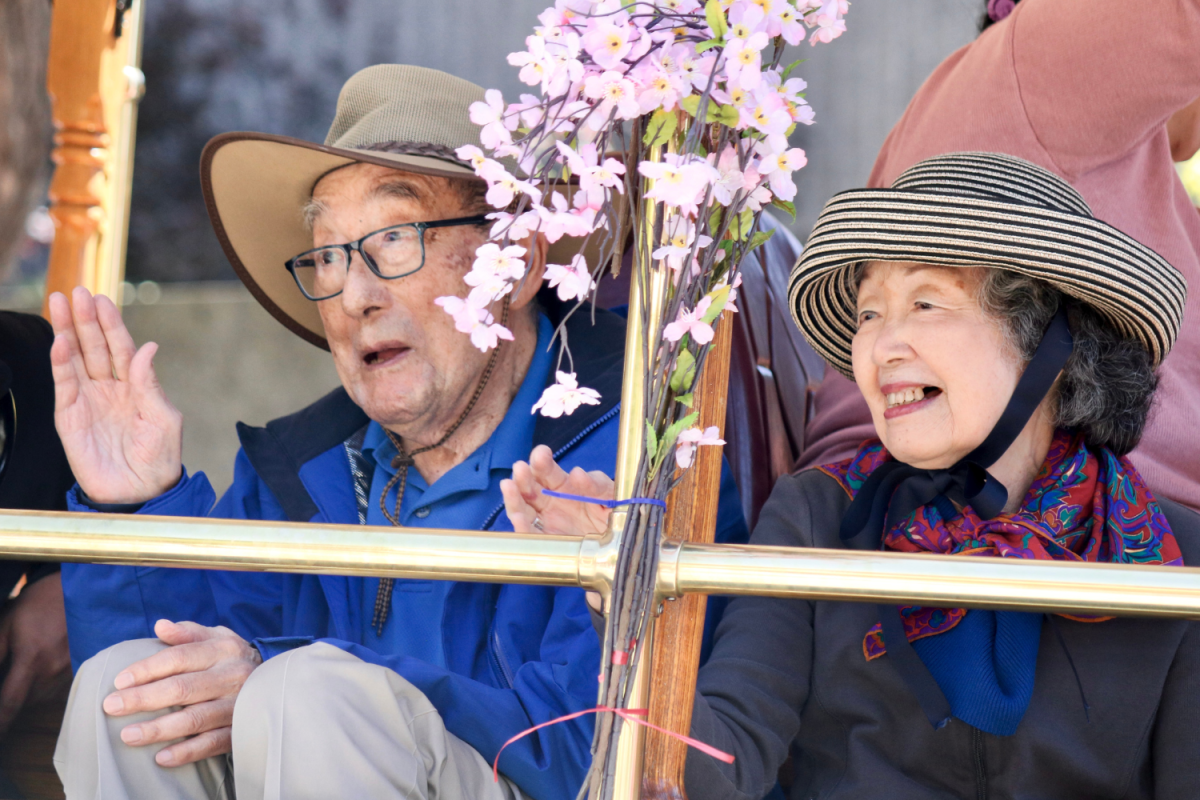The 13th Amendment to the United States Constitution reads, “Neither slavery nor involuntary servitude, except as a punishment for crime whereof the party shall have been duly convicted, shall exist within the United States, or any place subject to their jurisdiction.”
This amendment was adopted on Dec. 6, 1865. Some of the most influential events to black equality in the United States are found in December’s history.
The 13th Amendment hit home for many students and their families. Carlmont sophomore Jasmine Wagner said, “The outlawing of slavery meant a lot to me. My great grandfather was a slave and, growing up, he’d tell me stories about being a slave. Slavery is a huge part of my family’s past. I’m happy it ended when it did because my great grandfather was able to get out of with enough strength to build a life for him and his family.”
Today, the United States is a very integrated place where people of all races live together. It took event after event to get to the place that this country is now. In the 1800s, the absence of racial bias was relatively scarce. The 13th Amendment was the first official step toward changing that and creating equality for blacks in the United States.
Almost 100 years later, possibly one of the most well known events in the history of the struggle for racial equality occurred. The movement of modern American Civil Rights was born on Dec. 1, 1955 when Rosa Parks was arrested for refusing to give up her seat on a Montgomery bus to a white man.
This led to a boycott of the Montgomery city bus system starting on Dec. 5, 1955 which kept blacks off buses for over a year. During this time, the participants in the boycott were met with hostility and even violence, but they did not back down.
The boycott ended on Dec. 20, 1956 with a new court ruling that stated “the enforced segregation of black and white passengers on motor buses operating in the City of Montgomery violates the Constitution and laws of the United States,” thus ending segregation on bus systems.
These events greatly contribute to the racial integration seen in local communities today. Sophomore Alex Chan said, “What Rosa Parks did was a great thing. She stood up for what she believed in. She knew the consequences, but did not back down. Because of some of the racial stereotypes I experience, I want to stick out and be different. I really want people to recognize me and not just write me off.”
For many years after all blacks were declared by law, to be free citizens in the United States, they were not met with equal treatment in social standings. Segregation was very much at its height and the same opportunities in life were not open to both whites and blacks. Rosa Parks’s refusal to let segregation continue opened up the path that eventually led to the end of social inequality between races.
Almost a century before, Joseph Hayne Rainey became the first black man to serve in the US House of Representatives on Dec. 12, 1870. Rainey was a representative from Georgetown, South Carolina, and served until 1879.
A little over five years after the end of the boycott of the Montgomery city bus system, Edith Sampson was sworn in as the first black, female judge. She was elected an associate judge at the Municipal Court in Chicago on Dec. 3, 1962.
In the first century of the United States, as a nation, blacks did not have the same government opportunities open to them as whites did. Milestones, like the elections of Rainey, Sampson, and many others like them led to the inclusion of more blacks in more aspects of society, government, and industry.








